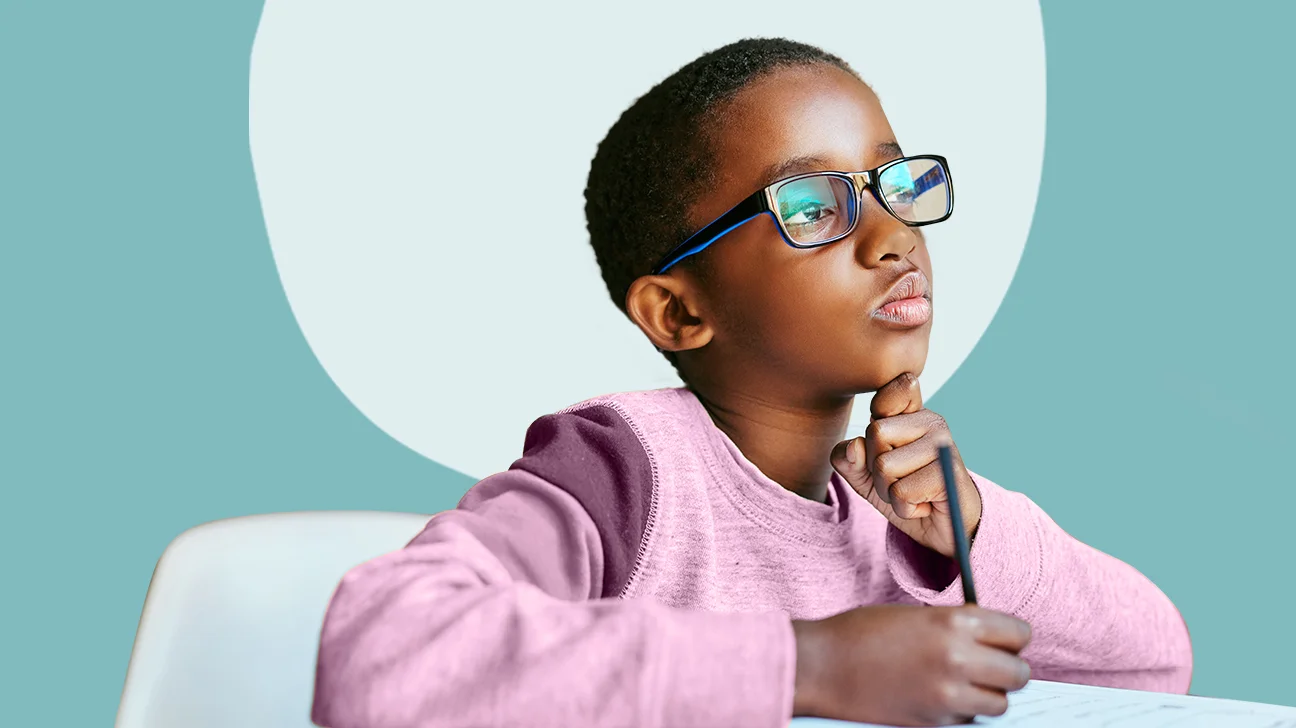Children often adapt quickly to their surroundings, which can make it difficult for parents to notice when they’re experiencing vision problems. However, good vision is critical for a child’s learning, development, and overall well-being. Recognising the early signs that your child may need glasses can help address vision issues before they impact your child’s daily life.
In this blog post, we’ll explore common signs that your child may need glasses, what causes vision problems in children, and how to ensure they get the care they need.
Why Vision Issues Go Unnoticed in Children
Children may not realise they have vision problems because they often assume that everyone sees the world the way they do. This makes it important for parents and caregivers to stay alert to signs of potential vision issues.
Common causes of vision problems in children include:
- Refractive Errors: Conditions like nearsightedness (myopia), farsightedness (hyperopia), or astigmatism.
- Eye Alignment Issues: Conditions such as strabismus (crossed eyes).
- Amblyopia: Also known as “lazy eye,” this condition occurs when one eye doesn’t develop normal vision.
- Other Health Issues: Sometimes vision problems may be related to other underlying health concerns.
Signs Your Child May Need Glasses
1. Frequent Squinting
If your child often squints while watching TV, reading, or looking at distant objects, it could be a sign of nearsightedness. Squinting temporarily improves focus by reducing the amount of light entering the eye.
2. Sitting Too Close to Screens or Holding Books Close
Children with vision problems might sit very close to the television or hold books and devices close to their face because they struggle to see clearly from a distance.
3. Frequent Headaches or Eye Pain
Uncorrected vision problems can cause eye strain, which often leads to headaches, especially around the forehead or eyes. Pay attention if your child complains of frequent discomfort after reading or using screens.
4. Rubbing Eyes Excessively
While occasional eye rubbing is normal, frequent rubbing could indicate eye fatigue or strain caused by vision problems. It might also suggest dry eyes or allergies, but it’s worth having their vision checked.
5. Tilting Their Head or Covering One Eye
Tilting the head or covering one eye while reading or focusing on objects could indicate a vision issue in one eye, such as amblyopia or astigmatism.
6. Difficulty with Schoolwork
Struggling in school, particularly with reading or writing, may be linked to vision problems. Children with undiagnosed vision issues may find it hard to concentrate and may even be misdiagnosed with learning or attention disorders.
7. Complaints About Blurred or Double Vision
Older children may express that objects appear blurry or doubled. Younger children might describe difficulty seeing as objects looking “funny” or “fuzzy.”
8. Light Sensitivity or Excessive Tearing
Sensitivity to light (photophobia) or frequent tearing can be symptoms of underlying eye issues that require attention.
9. Trouble Following Moving Objects
If your child has difficulty tracking moving objects, such as a ball during sports, it may point to issues with depth perception or focus.
10. Delayed Motor Skills or Clumsiness
Children with vision problems might have trouble with hand-eye coordination, leading to clumsiness or delayed development of motor skills.
What to Do if You Notice These Signs
If you suspect your child may have a vision problem, take the following steps:
1. Schedule an Eye Exam
An optometrist can perform a comprehensive eye exam to diagnose vision issues. It’s recommended that children have their first eye exam by age 1, another at age 3, and again before starting school, with regular check-ups every 1–2 years thereafter.
2. Talk to Your Child’s Teacher
Teachers often notice vision-related challenges in the classroom, such as difficulty seeing the board or focusing on reading materials. Their observations can provide valuable insight.
3. Choose the Right Glasses
If your child needs glasses, involve them in selecting frames to make the experience positive and enjoyable. Ensure the glasses fit comfortably and are durable enough for daily wear.
4. Follow Up Regularly
Children’s eyes can change quickly as they grow. Regular follow-up visits are crucial to ensure their prescription is up to date and their glasses are effective.
Preventative Measures to Support Eye Health
While not all vision problems are preventable, there are steps you can take to support your child’s overall eye health:
- Encourage Breaks from Screens: Follow the 20-20-20 rule: every 20 minutes, have your child look at something 20 feet away for at least 20 seconds.
- Promote a Healthy Diet: Foods rich in vitamins A, C, and E, as well as omega-3 fatty acids, can support eye health.
- Ensure Adequate Lighting: Provide proper lighting when your child reads or uses screens to reduce eye strain.
- Protect Their Eyes: Ensure your child wears sunglasses with UV protection when outdoors and protective goggles during sports or activities.
Final Thoughts
Your child’s vision plays a vital role in their learning and development, so it’s important to address any potential issues early. By recognising the signs of vision problems and taking prompt action, you can ensure your child has the tools they need to succeed in school and beyond.
If you notice any of the signs mentioned above, don’t hesitate to schedule an eye exam. A pair of glasses might be the simple solution that makes a world of difference for your child!
Book a home test today
Fill in the form to request a home eye test, and one of our team will be in touch
If you have any questions, please call us on
Our other blogs
